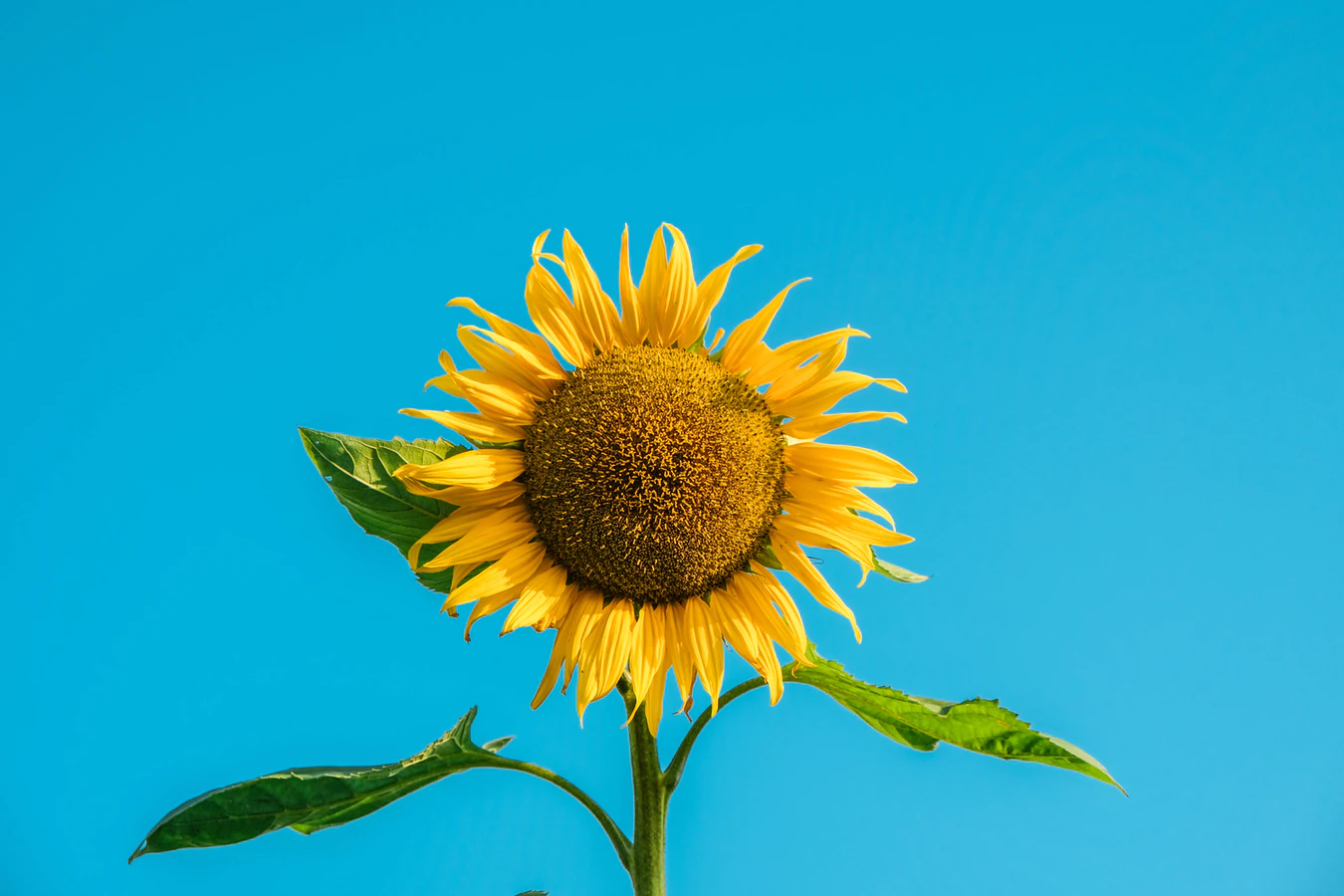Arranging flowers enhances any area, but were you aware that you can add flowers to your plate? Ever since ancient times, ancestors added flowers to their cuisines. Don’t let your ancestors down; utilize flowers and add them to your salads, meals, daily snacks, or teas. Flowers are highly nutritious, and it comes with various health benefits, most especially anti-inflammatory and antioxidants properties.
Adding flowers to your meal is best when you forage them or harvest them right from your yard. After harvesting, wash them gently and dry the flower before using. Also, if you can, avoid using pesticides on your flowers and use them in your meals to lead to food poisoning. Plant naturally and enjoy the sun with the five delicious flowers mentioned below:
Sunflower (Helianthus)
It is one of the most popular flowers on the market. Sunflowers is an annual herb with hairy stems that’s erect. The stem can grow up to three to 15 feet in height. It has both a hairy stem and leaves. It has 70 cultivars, but its main varieties are colored sunflowers, dwarf sunflowers, and giant sunflowers.
Taking care of sunflowers entails that you have to treat them gently, almost like you’re taking care of an infant. Sunflowers love sunny weather, so place them where they can get direct sunlight. Additionally, water them with room temperature water for at least a week.
Have you ever heard of dried sunflower seeds? You can usually see it sold in Middle Eastern countries. There are even stores dedicated to seeds; another example is pumpkin seeds. Sunflower seeds are used as a snack, and some even roast it to give it a smoky flavor.
If you want to harvest your own sunflower seeds:
- Let the flower dry either on or off the stem.
- Let the back of the head turn brown, the foliage to turn yellow, the petals to die and fall off, and the seeds to look loose somehow and plump.
- Use a sharp pruner to cut the head, and now you’ve harvested sunflower seeds that you grew in your garden.
Alliums (Allium cepa)
Alliums are part of the onion family. It has a unique round, cascading, or oval shape and clusters of single florets. The colors of the flowers can be blue, white, purple, yellow, or pink. In height, small alliums can be as small as five inches, and some varieties can grow up to four feet tall.
When taking care of the plant, ensure that you avoid summer irrigation because this can cause the rotting of bulbs. It blooms during September and in the middle of spring. You can utilize alliums’ leeks, garlic, and chives. Most of the plant is edible, and you can add it in green salads, pasta salads, potato salads, or dips. You can sprinkle the chives on baked dishes, chop and add them to stews or soups.
Honeysuckle (Lonicera)
Honeysuckles can vary in colors, from white, pink, and yellow flowers. These trumpet-shaped flowers are known for their red berries and tubular flowers. Lonicera is easy to take care of, and they usually bloom during summer up until autumn.
Honeysuckles have over 200 species that range from white to light yellow. Its flower has sweet nectar that you can eat. In traditional Chinese medicine, the flower has been used for centuries. It’s made into syrups or tea. It’s a replacement for sugar if you want a healthier option, and add it in iced tea or lemonades. It’s essential to note that only the blossoms of the plant are edible, not the berries.
If you have digestive problems, drink honeysuckle tea immediately, as it can help digestion immensely. It can relieve pain and swelling, and it can aid you when you have colds as well.
Dandelion (Taraxacum)
Dandelions have leaflets in the form of a rosette at the base. Most see dandelions as garden weeds that have to be removed. Still, taraxacum is edible full of vitamins and beneficial properties. You can eat the flowers and leaves! Add the leaves when cooking stews or in salads. These yellow blossoms can be used as wine, jelly, or tea. Its roots can even be used as a hot beverage when grounded up.
Marigold (Calendula officinalis)
Marigolds have vibrant yellow to deep orange colors and yellow with red stripes, and many more. If you love a citrus taste, use the tiny flowers of signet marigolds which are Tangerine Gem or Lemon Gem. There are several recipes online, and you can use marigolds to make soda, add it to tomato and egg salads, make butter, fried rice, or drink it as tea.
Takeaway
As you’ve read the information above, you now know the different appearance, taste, benefits, etc., of the five plants mentioned. Planting flowers in your home is not only good for the eyes and the mood, but it’s also beneficial for your belly since it will make you full. Who doesn’t love colorful and creative dishes? Plant the flowers above in your home to enjoy the benefits of nature!






Leave a Reply